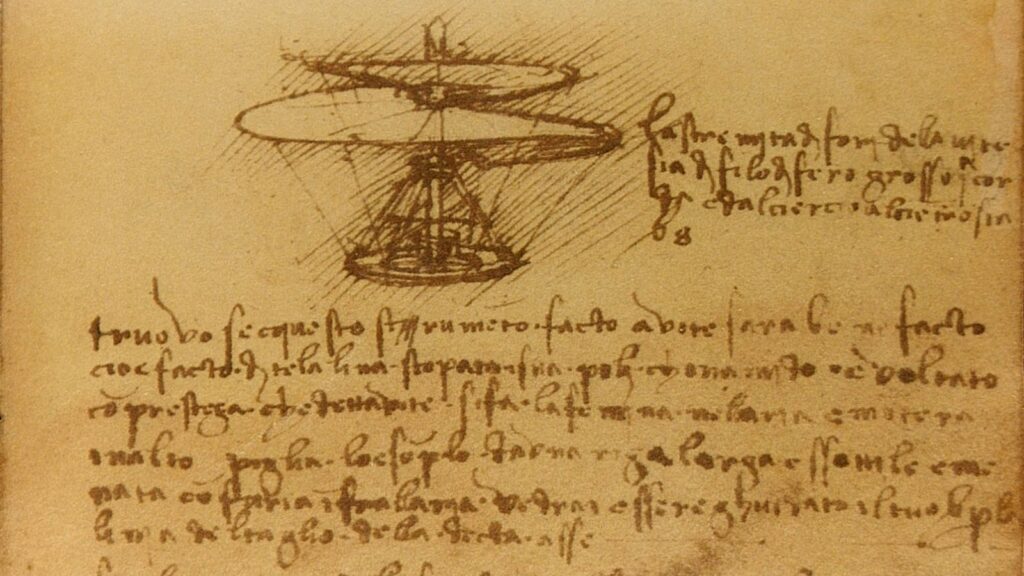“Unlocking the Skies: 14 Surprising Revelations About How Flight Took Wing Across the Ages!”
Their innovation came from meticulous testing and an understanding of aerodynamics, proving that persistence pays off.
4. Planes Were Once Made of Wood and Canvas


Early planes were fragile creations of wood, fabric, and a lot of hope. They were lightweight but couldn’t withstand much wear and tear.
It wasn’t until the 1920s that metal aircraft became the norm, offering durability and improved performance.
5. Jet Engines Changed Everything


The invention of the jet engine in the 1930s revolutionized flight. Planes could now travel faster and higher, making long-distance travel more practical.
This innovation paved the way for commercial aviation, making the world seem much smaller.
6. Supersonic Dreams Took Flight with Concorde


The Concorde wasn’t just fast, it was a cultural icon. Debuting in 1976, it halved travel times across the Atlantic by flying faster than the speed of sound, taking about 3.5 hours to cross the Atlantic ocean.
Though its run ended in 2003 due to costs and environmental concerns, it remains a symbol of aviation’s ambitious spirit.
7. Airships Once Ruled the Skies


Before airplanes dominated, airships like the Zeppelin were the height of luxury travel. These massive, buoyant crafts offered comfort and breathtaking views for thousands of passengers in Europe, South America, and North America. They were even used by the U.S. Navy for air protection!












